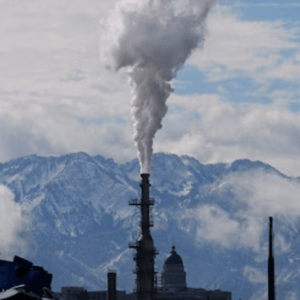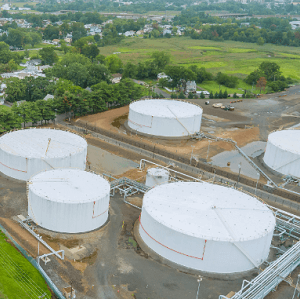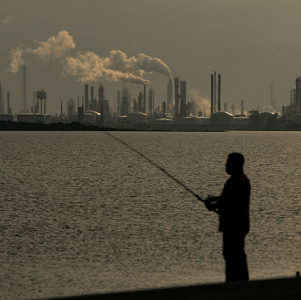The Environmental Protection Agency (EPA) has introduced a new air pollution regulation aimed at significantly reducing soot levels, a move that could prevent thousands of premature deaths annually. This groundbreaking rule is expected to have a profound impact on poor and minority communities, which have historically suffered from higher exposure to industrial pollution.
Research underscores the critical nature of this regulation, highlighting that Black Americans and low-income White Americans are more likely to reside near polluting facilities and, as a result, stand to gain substantially from the reduction of PM2.5 levels. These fine particulate matters, known for their ability to penetrate deep into the lungs and bloodstream, have been linked to a range of serious health issues, including heart attacks, asthma, and premature death.
The decision by the EPA to tighten soot pollution standards is informed by a wealth of scientific evidence, including a notable study published in the New England Journal of Medicine last year. This research explicitly points out the disproportionate health burdens shouldered by minority and economically disadvantaged groups due to higher levels of particulate matter.
By focusing on lowering PM2.5 levels, the EPA’s new rule not only aims to enhance the overall public health landscape but also to address long-standing environmental justice concerns. This initiative marks a significant step towards mitigating the health disparities that have plagued these communities for decades, offering a clearer path to a healthier future for all Americans.
See “New air pollution rule could prevent thousands of premature deaths” by Maxine Joselow on the Washington Post (February 7, 2024)



